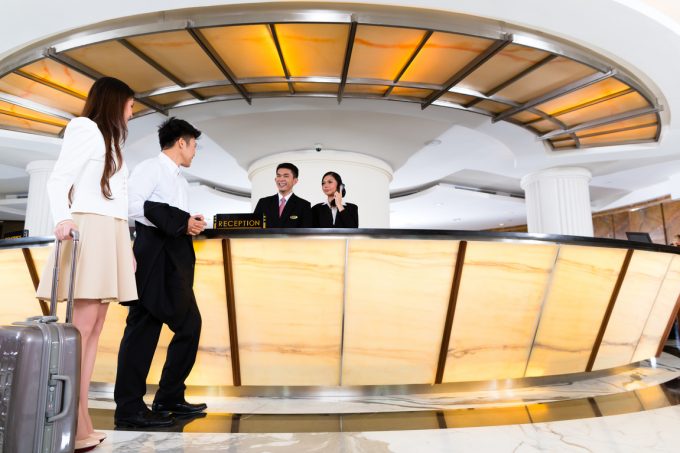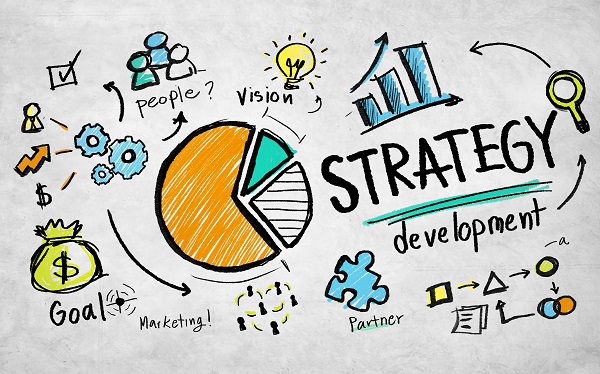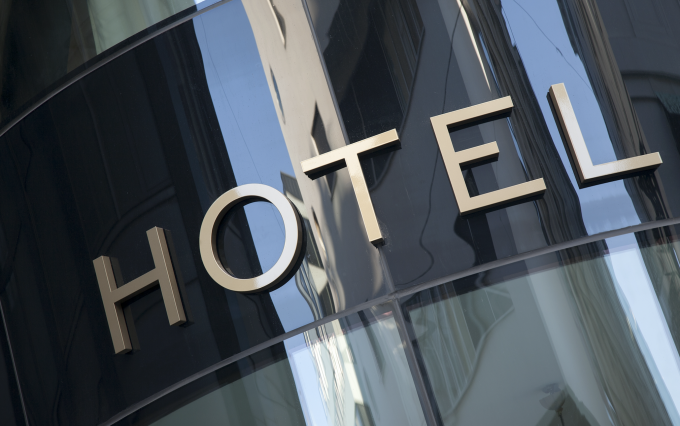
Are you maximising sales with your rate strategy?
Being in the business of hotel sales training, most months I spend at least six to eight days training hotel sales managers on how to convert more business along with how to maximise average daily rate.
I always encourage the revenue leader to share their vision of the hotel’s rate optimisation strategy, and therefore get to hear today’s leaders articulate their visions.
While some do a much better job than others, too many have a hard time truly explaining the concepts of rate maximisation versus upselling.
[pro_ad_display_adzone id=”27469″ align=”left” padding=”10″]Depending on your accommodation’s classification, branding and segmentation (upscale, luxury, midscale, economy, boutique), the terminology might vary, yet every accommodation house has one or the other revenue opportunities and most have both. I find the best way to explain these concepts is by using definitions such as these:
- Upselling refers to selling guests higher-rated accommodation types. At hotels, this might be categories such as traditional, superior, deluxe or premium, or rooms and suites. At resorts this might include garden view, partial view and full (ocean, mountain, lake) view.
- Rate maximisation is best explained as referring to the strategy of selling the highest open rate tier first, before offering discounts. Open in this context is the rate tier the revenue manager has set to show up in the reservations system. Generically speaking, this would be high demand rate tier, moderate demand rate tier and low demand rate tier. Discount in this context refers to rates such as advance purchase / non-refundable, or match rate / book direct rate.
- Rate options. For some hotels, there is a third rate type term to throw into the mix, which is rates that include options such as breakfast, parking or hotel services (recreational experiences, food and beverage credit, special amenities).
The points of differentiation between these three blanket terms might seem simple to revenue managers who spend most of their day immersed in numbers and data. However, I find that a lot of front desk, reservations and even hotel sales managers are themselves a bit confused. As a result, they have a hard time explaining all these options to today’s value-driven, deal-seeking transient guests and meeting planners. Here are some suggestions for revenue managers:
- If you have in-house reservations, take some time to listen to real calls being fielded by real staff. Sit side-by-side with them as they navigate your reservations system and take note of how they are tactically deploying the rates you have loaded. Is it easy for them to quickly identify which rate tier they should be quoting first? Are they able to answer the question “What’s the difference between those two?” when asked about room categories or views? Does the difference between room types and rate options seem to represent tangible value-adds?
- Hold focus-group sessions, or at least meet with them individually to find out what difficult questions they are having to field.
- Likewise, spend a bit of time observing the front desk team in action during periods of heavy check-ins. If you are familiar enough with the property management system, put on a name badge for a few hours during a couple of shifts and try to use your hotel’s stated tactics for upselling at registration. Do guests understand the differences? Does it work for you when perfectly executed?
- Attend hotel sales team meetings. In advance, ask sales colleagues to bring in email exchanges with planners in which they try to explain the differences in accommodation types and rate options. Read through some of the actual written guest commentary regarding pricing, as well as the replies sent back from the team to gain insights into the challenging questions they are dealing with.
During all of the above engagements, make sure to use clearly-defined terms such as the examples here to articulate your hotel’s preferred rate strategies. Discuss how each strategy should be adjusted to fit the guest’s situation and opening remarks. For example, when guests say “What is your lowest rate?” a bottom-up strategy works best, but we should still use incremental selling to mention the next option up. When guests say, “I want to make a reservation right now, and this is a very important occasion…” a top-down strategy works best. Otherwise, if no hints are provided, perhaps a star-in-the-middle option works best.
By using terms such as these examples, you can help your front desk, reservations and accommodation sales staff understand your hotel’s rate strategy and therefore better execute it when selling and up-selling, and also better defend it when they are faced with otherwise difficult questions from today’s savvy guests.
Doug Kennedy is president of the Kennedy Training Network. Doug’s articles are originally published in www.HotelNewsNow.com” and AccomNews shares them with permission.
Doug is a leading provider of hotel sales, guest service, reservations, and front desk training programs and telephone mystery shopping services for the lodging and hospitality industry. He continues to be a fixture on the industry’s conference circuit for hotel companies, brands and associations. Since 1996, Doug’s monthly training articles have been published worldwide, making him one of the most widely read hospitality industry authorities.







